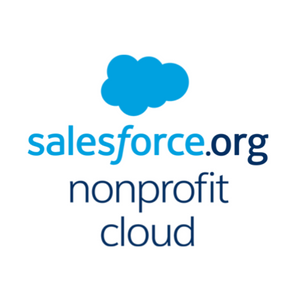Insights
INSIGHTS
All Topics
My Account
How to manage your website
24 Nov 2023by Kellie Smith
Exploring the steps every charity should take to manage their website for best security and performance
Once you’ve built your website and it’s gone live, it’s important to manage it. This means maintaining and developing it so it’s up-to-date, secure, and fully functional.
Managing a website takes time and it can be challenging to keep on top of, especially if you only have a small communications team and limited budget for external support. But your website is an important asset so it’s worth taking the time to properly manage it.
Why it’s important to manage your website
Wix says: “Website maintenance is the process of monitoring your website’s overall health and performance.” It will prevent problems that could cause your site to go down and be expensive to sort out. For example, your website being hacked.
It also means you can make incremental improvements over time instead of having to pay for an expensive overhaul or a new website.
Once your website is live, it’s important to keep it up-to-date and develop it. This will keep the content fresh and relevant and encourage people to come back to the site.
Website Builder says that web pages aren’t supposed to be static and not develop. “You need to update and change them constantly – they must evolve.”
Carry out regular maintenance
Website maintenance includes several different tasks:
-
Updating security software and plugins. Make sure you carry out updates as soon as they become available to make sure your website is protected
-
Backing up your site. This means creating a copy of your website’s files and data and storing it in a separate location. It’s important to do this because if something goes wrong with your site, you’ll want to revert back to an older version of the site
-
Purchasing an annual S.S.L. certificate. This encrypts information transmitted to and from your website to make sure it’s protected and secure. The url for the website will start with ‘https’ and there will be a padlock icon in the address bar
-
Renewing your domain name. Your domain name is the address of your website. It helps website users to find your website easily
-
Improving website speed. You want to make sure that web pages load up quickly to keep visitors on the site. It’s an important part of the user experience
-
Fixing broken links. It’s important to audit your website to check all links are up to date and working. There’s nothing more frustrating when you click on a link and it doesn’t work
Put together a schedule for website maintenance to help you keep track of what needs doing when. For example, daily tasks; those that need doing weekly, monthly or on a quarterly basis; and tasks that need doing once a year.
Get external support
If you don’t have the technical skills in your charity to manage the website, then you’ll need to find a website developer, or web development agency, to maintain and develop your website for you.
Wix explores the pros and cons of hiring a website developer versus doing it yourself.
Host your website
To make your website publicly available on the internet, you need to store your website files on a computer called a server. This server will make sure your website is accessible to everyone who wants to visit it.
Edit and update content using a content management system
A content management system, often referred to as a C.M.S., allows you to create, publish and edit content on your website. There are lots of different content management systems out there. Use this to keep your website content up to date.
You can install an open source C.M.S. that can be used by anyone. Examples are WordPress and Drupal. Rather than a single organisation developing and owning the code, anyone can modify it.
A proprietary C.M.S. is built and maintained by a particular company. This would give you a bespoke C.M.S. for your charity. The same company that builds the website would maintain it for you.
Update your blog
Put together a content strategy to help guide the process of creating and delivering content for your site. If you have a blog on your website, make sure you include this in your content strategy and think about how you will keep this updated with fresh content. For example, asking a range of staff to contribute content for your blog.
An article from Forbes argues if your content is old, it will look like you’re not in business or you don’t have any ideas or enthusiasm.
Monitor traffic to your website
It’s good practice to monitor your website so you see what is working well and what you can improve on. To do this, you need to collect, report, and analyse data about your website.
Tools like Google Analytics will give you insights about your website. For example:
-
What people are doing when they go on your website, for example which webpages they are spending time on
-
How long they’re spending on the site
More on this topic
Recommended Products
Related Videos
Our Events
Charity Digital Academy
Our courses aim, in just three hours, to enhance soft skills and hard skills, boost your knowledge of finance and artificial intelligence, and supercharge your digital capabilities. Check out some of the incredible options by clicking here.























